Sometimes you also have to listen to your children and do a blind test once. Apart from the fact that there are obviously three or four adapter types with different solder pads and cables, the problem of the hot contact surfaces of the outer connectors must have a simpler reason. I already wrote on the subject of bending that the rigid pins in the sockets soldered to the graphics card can bend open the sleeves of the connector if you move it too much, for example when bending the cable.
I had looked at the adapters I had collected so far, and I had also taken a new, unused adapter out of a graphics card box and put it under the microscope. You can see very nicely that especially the left, outer plug in the picture is full of burrs (but this can happen to any plug) and that moreover none of the edges was chamfered or at least reworked. This then went through my head while driving this afternoon and then an idea came to me…. Should the reason for destroying individual contacts really be so simple?
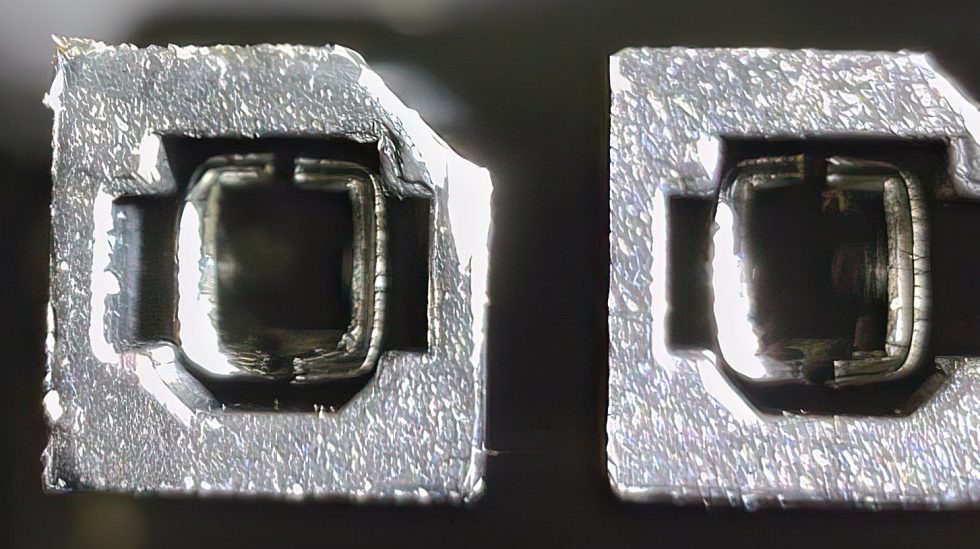
I sat down again and first connected a Radeon RX 6950XT, which uses the usual three 6+2 connectors. If you take a brand new power supply cable, then this also goes very hard to plug in. Only, of course, the contacts are much more massive and durable. But: has anyone ever tried to insert this plug absolutely straight and with all contacts at the same time? So I didn’t succeed in doing that. If you observe yourself, you will quickly notice that you are tempted to put one side in first and thus “thread” the plug in at a slight angle.
And now my two children and my own wife come into play, who had never plugged such connectors into such a graphics card in their lives. It was now very interesting to observe how the respective person approached the matter. Straight? Can’t. Wide side, so ground or 12 volts did not work either – too many contacts and burrs. And so, in the end, you take the side of least resistance, i.e. the one with the two contacts. Three people, three times the same decision and all three are right-handed.
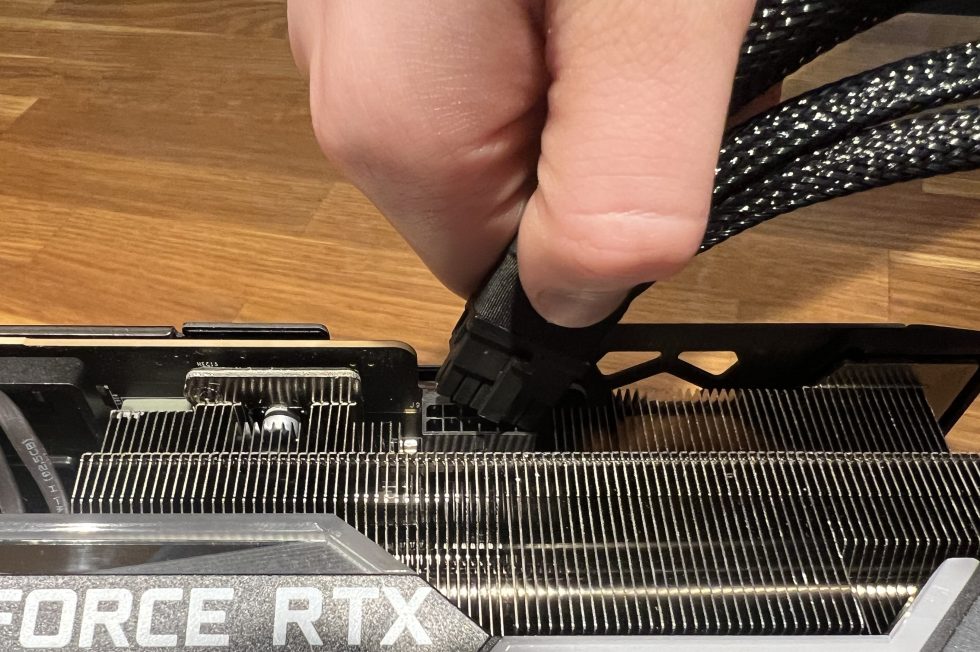
All three plugged the first or last 12 volt connector first, because they held the plug slightly angled, and then only the second of this edge. The reason for the alignment and why it was always the same plug is also because you only have one open side, the others are limited by the sharp-edged radiator! After that, all three had then inserted the remaining part of the plug and thus straightened it again. A short video shows the whole thing, where the three testers were in the room one after the other, each had seen nothing of the other and yet proceeded exactly the same.
Removing the plug is also not so easy. Due to the pressed-in ridges, the plug already holds bombproof even without thermal deformation.
Summary and conclusion
Of course, today’s tests are only snapshots and the conclusion that you always look for a small edge somewhere to put on and insert may well be true in its statement. The design and manufacturing defects found on the plug, the drama during bending including the resulting mechanically damaged contacts are only one side. The error pattern as a whole is now far too complex to be able to determine 100% what the primary trigger was for whom and which adapter.
But today’s test alone, in which all three uninvolved parties made exactly the same mistake, certainly speaks volumes. One thing should also be taken into account – NVIDIA hasn’t really said anything about this topic so far. Should you know more there and already be sure that a plug replacement would not eliminate all problems at all? The only conclusion left to draw is that the 12VHPWR as a whole is a shaky story in which many factors can (but do not have to) come together very quickly to prevent safe operation. In the end, many would be right and yet no one would have a real solution. Not a nice perspective either.
|
|
|
















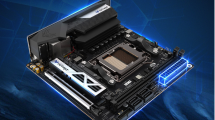
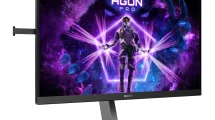




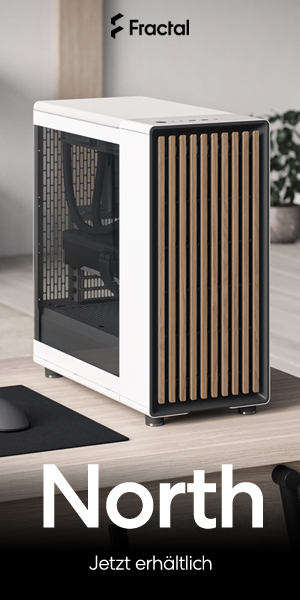


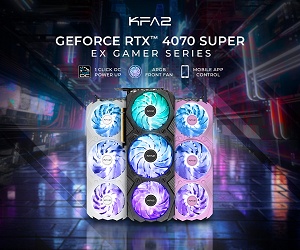
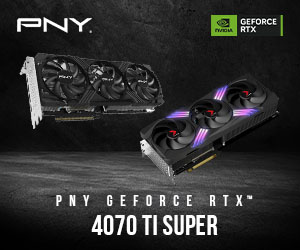




91 Antworten
Kommentar
Lade neue Kommentare
Urgestein
1
Urgestein
Neuling
Urgestein
Urgestein
Mitglied
Urgestein
Urgestein
Mitglied
1
Urgestein
Veteran
Urgestein
Mitglied
Veteran
Urgestein
Veteran
Mitglied
Alle Kommentare lesen unter igor´sLAB Community →